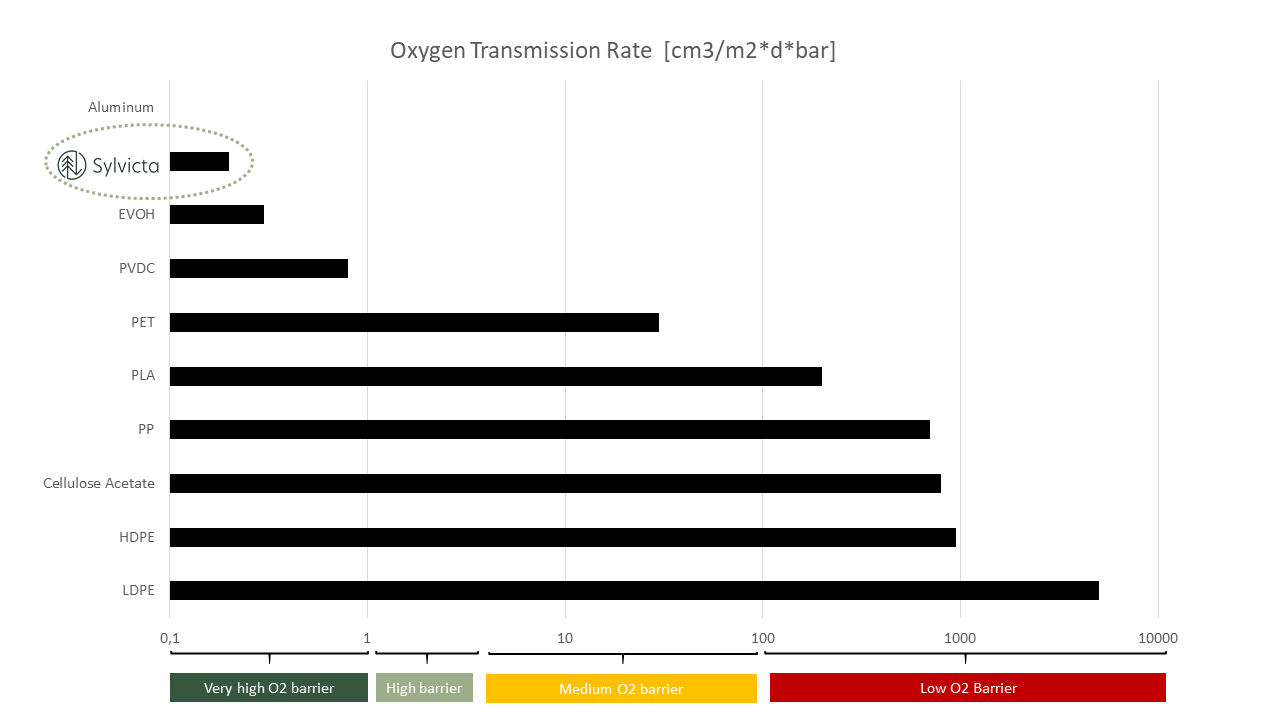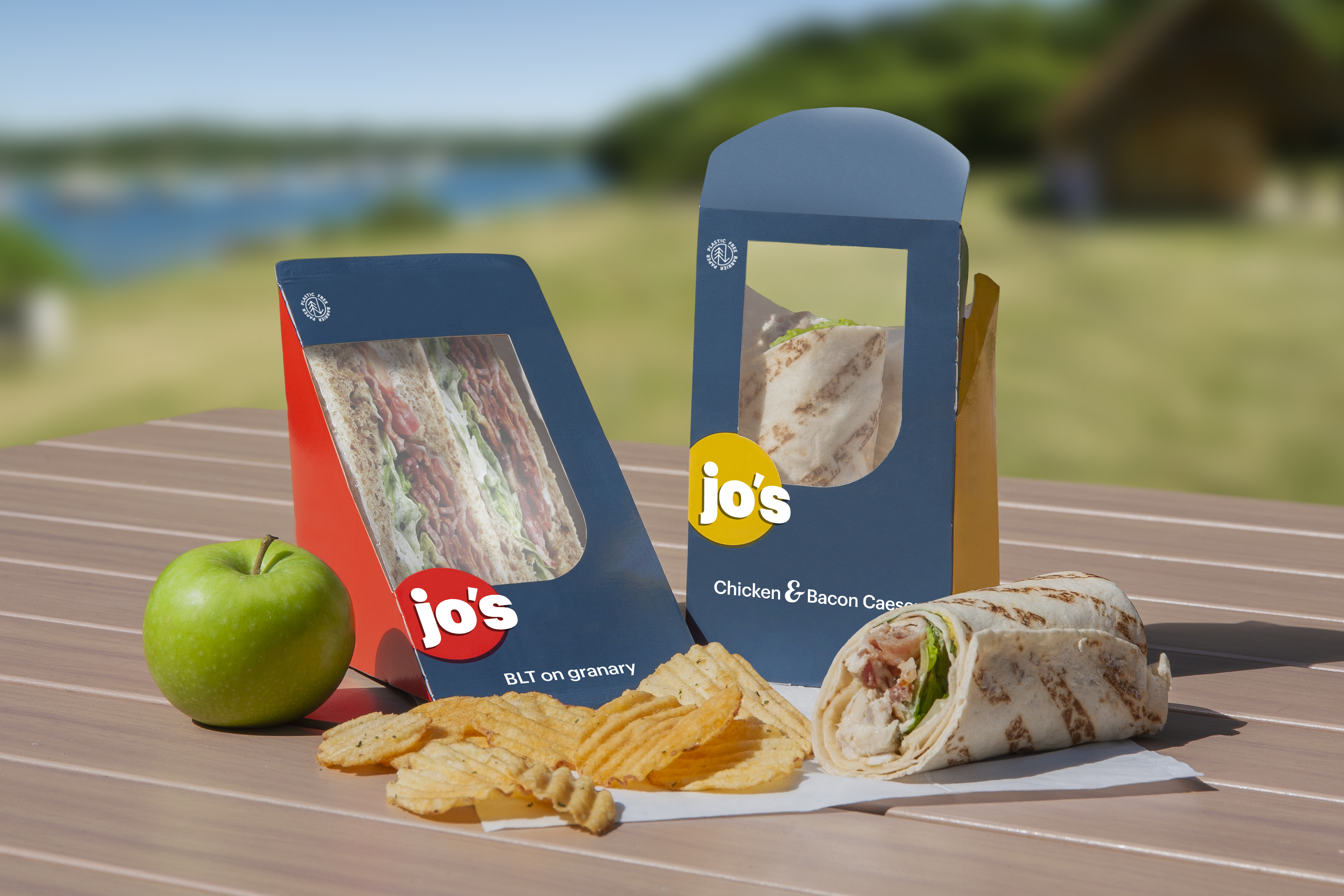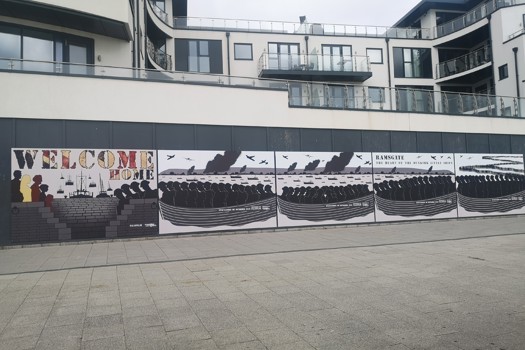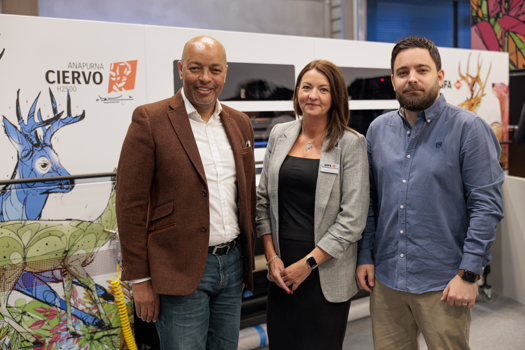The new substrate, Sylvicta, has been in development for the past two-and-a-half years, according to Christophe Jordan, managing director of the Translucent Papers division at Arjowiggins.
He said that the highly engineered Sylvicta material was fully food safe and was already in use by many, predominantly smaller brands at the moment, but added that the firm is working with major brands, partners and converters on development projects that should come to market in the future.
Jordan, who was part of the MBO team that acquired the Arjowiggins business just over a year ago, estimated that there are around a dozen products in the market already using Sylvicta, with current applications includes frozen and snack foods.
It is suitable for a wide range of food packaging applications, with the only notable exception being liquids – due to the hydrophilic nature of cellulose materials like paper.
“To make it hydrophobic is quite a challenge, so we are working with converters to develop coatings and metallisations to create a very good barrier for water vapour, which is a must for many brands,” said Jordan.
However, Jordan said the mill was working with a number of converters and ‘massive brand names” to use a thin plastic coating on Sylvicta to massively reduce their reliance on plastics.
The highly printable material can be foil-stamped, glued, embossed and printed offset, gravure, with pre-testing, and flexo and, where needed, metallised or coated with heat- or cold-sealable materials.
The material can also be printed digitally, but Arjo “strongly recommends” pre-testing.
It is available in weights from 42 to 180gsm, or 35 to around 150 microns, in reels or sheets.
It is manufactured at Arjo’s Chartham Mill in Kent, which was founded in the 18th century and has produced high-quality translucent papers since 1938.
The new product’s moniker was derived from the latin word for forest, silva, and the emblem from Kent, invicta.
To manufacture translucent papers the fibres are cut into strands small enough that they can be seen through, essentially becoming micro-fibrillated cellulose (MFC) – a material that is increasingly being used to replace petroleum derived products by material scientists.
“We have taken this approach and then introduced some proprietary material, all of which is natural, meaning mechanical, with no chemical treatment, and that’s how we end up with a super high content of MFC which forms a very dense film, because the fibres are bonded to such a way that it becomes a film that doesn’t allow aroma, oxygen, or grease to go through.”
In fact, in terms of oxygen transmission, according to Arjo, Sylvicta outperforms all materials including plastics, with the only exception being aluminium.

While one of the key opportunities for Sylvicta is replacing plastics, Jordan said for now there will always be some applications where only plastic will do.
“We would be lying to people if we said we were going to kick all plastic out, but now at least we can kick it out where [Sylvicta] paper can reasonably have exactly the same USPs and values. And when it can’t it makes sense to combine the two to reduce the amount of plastic to the absolute minimum.”
He also acknowledged that a “small German mill” is manufacturing a competitor product, but said that the “world is vast enough for us to co-exist”. He highlighted that are only six mills in the world capable of producing translucent products, two of which are owned by Arjo, Chartham and its mill in China.
“This is not a commoditised product, this is a high end product that is very technically challenging to produce. So, we are already looking ahead at how we can scale up, because customers are already asking us to so we need to be ready to produce very large quantities in the next two to three years,” said Jordan.











